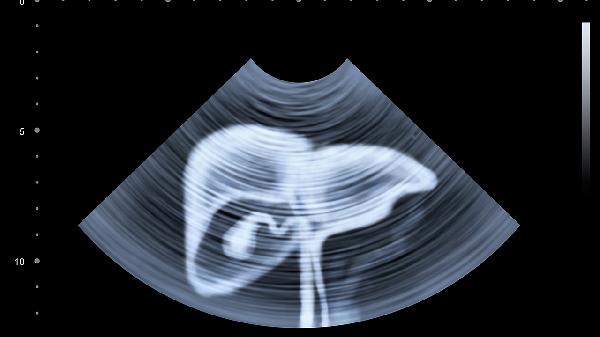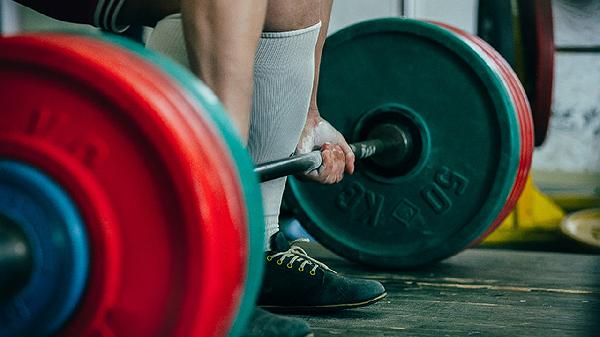Yes, you read that right—negative workouts can actually supercharge your gains. If you’ve been grinding in the gym but feel like your progress has plateaued, it’s time to flip the script and focus on the eccentric phase of your lifts. Negative workouts, also known as eccentric training, involve emphasizing the lowering portion of an exercise, like slowly lowering a barbell during a bench press or controlling your descent in a squat. This method not only builds strength but also enhances muscle growth and endurance. Let’s dive into how this underrated technique can take your fitness game to the next level.

Negative workouts focus on the eccentric phase of an exercise, which is the part where your muscles lengthen under tension. Think of it as the “down” motion—lowering the dumbbell during a bicep curl or descending into a pull-up. While most people focus on the concentric phase (the lifting or shortening of the muscle), the eccentric phase is where the magic happens for building strength and size. By slowing down this portion, you create more muscle damage, which sounds bad but is actually a key driver of muscle growth and adaptation.
Negative workouts are like the secret sauce for breaking through plateaus. Here’s why they’re so effective: First, they allow you to handle heavier weights than you normally could during the concentric phase. For example, you might struggle to lift a 200-pound barbell during a bench press, but you can likely control its descent. This overloads your muscles in a way that stimulates growth. Second, eccentric training increases time under tension, which is a critical factor for hypertrophy (muscle growth). Finally, it improves your mind-muscle connection, helping you engage the right muscles more effectively.
Ready to give negative workouts a try? Start by choosing exercises that allow you to control the eccentric phase. For example, during a squat, take 3-5 seconds to lower yourself down, then explode back up. For pull-ups, jump up to the bar and slowly lower yourself for 5-7 seconds. You can also use a spotter or resistance bands to help with the concentric phase while you focus on the negative. Aim to add 1-2 negative-focused exercises per muscle group in your weekly routine, and don’t overdo it—this type of training is intense and requires proper recovery.
Research backs up the benefits of eccentric training. Studies have shown that it leads to greater increases in muscle size and strength compared to traditional concentric-focused training. This is because eccentric movements create more micro-tears in the muscle fibers, which then repair and grow stronger during recovery. Additionally, eccentric training improves tendon strength and flexibility, reducing your risk of injury. It’s a win-win for both performance and longevity.
While negative workouts are powerful, they’re not without pitfalls. One common mistake is going too heavy too soon. Start with a weight you can control and gradually increase the load as you build confidence. Another mistake is neglecting proper form—slow, controlled movements are key, but they shouldn’t come at the expense of good technique. Lastly, don’t forget to balance negative training with other forms of exercise. Overemphasizing eccentric movements can lead to excessive soreness and fatigue, so mix it up to keep your routine well-rounded.
Because negative workouts are so intense, recovery is crucial. Make sure you’re fueling your body with enough protein and nutrients to support muscle repair. Stretching and foam rolling can also help alleviate soreness and improve flexibility. And don’t underestimate the power of sleep—your muscles grow and recover during rest, so aim for 7-9 hours of quality sleep each night.
Negative workouts might sound counterintuitive, but they’re a proven way to break through plateaus and supercharge your gains. By focusing on the eccentric phase of your lifts, you’ll build strength, increase muscle size, and improve your overall fitness. Just remember to start slow, prioritize form, and give your body the recovery it needs. So next time you hit the gym, don’t just lift—lower with purpose and watch your progress soar.
























